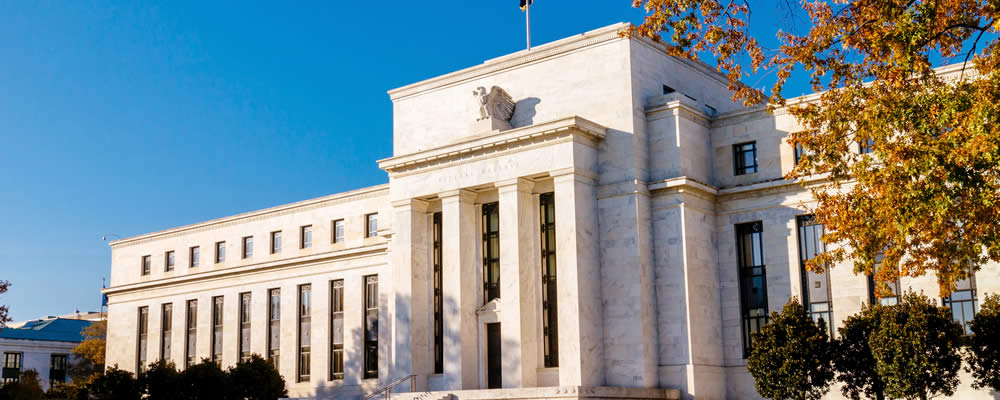Euro to US Dollar Exchange Rate Knocked from Highs after Federal Reserve Minutes
Following weeks of US Dollar (USD) pessimism, the currency benefitted from Federal Reserve minutes and profit-taking last night, pushing the Euro to US Dollar (EUR/USD) exchange rate lower.
The latest jump in US Dollar demand has put a pause in the Euro’s (EUR) continued relentless rally. EUR/USD opened this week at the level of 1.1842 and has spent most of the week climbing.
EUR/USD touched on a high of 1.1960 yesterday. This was the best level for EUR/USD in over two years, since May 2018.
However, the US Dollar’s rebound knocked the pair lower again. At the time of writing on Thursday, EUR/USD is trending near the week’s opening levels again. The pair is struggling to sustain gains on Euro strength as the Eurozone’s coronavirus outlook becomes murkier.
Euro (EUR) Exchange Rates Lack Drive as Eurozone Coronavirus Outlook Worsens
Analysts have frequently perceived the Eurozone as being one of the major economies to handle the coronavirus pandemic best. The bloc has shown signs of solid recovery as lockdown measures eased.
However, in recent weeks the number of fresh coronavirus infections in major Eurozone nations like Spain and Germany have been spooking markets. As fears of a ‘second wave’ of coronavirus fears worsen, investors have less reason to buy the Euro.
According to Analysts at MUFG:
‘Spain is worthy of particular mention here. There were 3,715 new cases reported yesterday, that’s the highest one-day increase since 23rd April. Elsewhere the outright increases are relatively small but the direction of travel is a concern. In Italy, there were 642 new cases yesterday, the highest total since 23rd May. Increases in Germany resulted in Chancellor Merkel suspending any further relaxing of restrictions.’
On top of this, today’s Eurozone construction data showed that the sector’s recovery was slowing.
US Dollar (USD) Exchange Rates Rebound despite Gloomy US Outlook
The US Dollar finally experienced something of a rebound in demand last night. Investors opted to buy the embattled US currency back from its cheapest levels in profit-taking when the Federal Reserve’s latest meeting minutes were published.
The Federal Reserve’s meeting minutes were largely unsurprising, with the US Dollar largely benefitting from profit-taking movement. According to Analysts at Deutsche Bank:
‘Yesterday did see a large reversal of some of the recent weakness with the Dollar index bouncing back,’
Still, despite the US Dollar’s rebound, most analysts also still believe there wasn’t all that much in the Federal Reserve minutes to cheer about. According to Michael Every, Strategist at Rabobank:
‘Overall, the picture should be clear: the economy is in serious difficulty due to the virus; the Fed is not going to raise rates for a long, long time; and at some point it will make that clear with a new set of targets, goals, and strategy (…)’
Euro to US Dollar (EUR/USD) Exchange Rate Could Find Direction in PMI Projections
The Federal Reserve meeting minutes were ultimately unsurprising, so the US Dollar’s benefit from them may be limited.
As a result, the Euro to US Dollar exchange rate may see more solid movement in reaction to key economic data due for publication tomorrow.
Markit will publish slews of August PMI projections throughout the day. Eurozone stats will come in in the morning, with US figures following later, during the American session.
If the Eurozone’s economic activity has been better than expected this month, the Euro outlook could be bolstered and the currency could see more solid demand.
On the other hand, signs of weakness in Eurozone economic activity could worsen Eurozone coronavirus jitters and leave the Euro weaker.
Similarly, stronger than expected US PMIs could soften US coronavirus jitters and give the US Dollar more solid support.
Also due for publication tomorrow is Eurozone consumer confidence and US existing home sales, though these are less likely to influence the Euro to US Dollar (EUR/USD) exchange rate.



